As a cyclist, you know how crucial it is to stay hydrated during long rides to maintain optimal performance and prevent dehydration-related issues. However, finding the right balance between drinking enough water and consuming the necessary electrolytes can be challenging, especially when faced with varying weather conditions and individual factors such as body weight and intensity of exercise. In this article, we’ll delve into the essential cycling hydration tips that will help you navigate these complexities and optimize your hydration strategy for improved cycling performance.
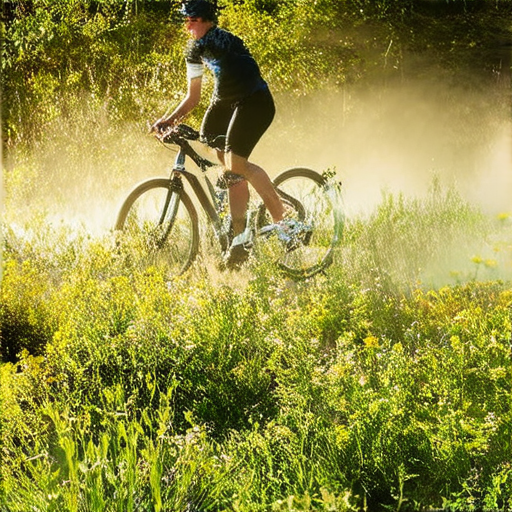
Staying Hydrated While Cycling
To stay hydrated while cycling, it’s essential to drink water regularly throughout your ride.
- Aim to take small sips of water every 10-15 minutes, rather than waiting until you feel thirsty.
- Drink at least 23 ounces (about 680 ml) of water per hour, which is roughly equivalent to one standard water bottle.
- Consider investing in a hydration pack or a water bottle with measurement markings to help you track your intake.
- Monitor your urine output to ensure you’re staying hydrated – if your urine is dark yellow or you’re not urinating frequently enough, it may be a sign that you need to drink more water.
- Additionally, consider incorporating electrolyte-rich foods or supplements into your diet to help replace lost salts and minerals during intense rides.
Some popular options for staying hydrated while cycling include:
- Water bottles with built-in filters or purification systems
- Hydration packs with insulated tubes and valves
- Electrolyte tablets or powders that can be added to water
- Cooling towels or bandanas to help keep you cool and dry
Remember to always drink water before, during, and after your ride to stay properly hydrated and perform at your best.
Tips for Staying Hydrated During Long Rides
- Plan your route to include regular stops at water stations or restrooms
- Pack extra water and snacks in case of emergencies or unexpected delays
- Consider investing in a GPS device or app that tracks your progress and alerts you to potential dehydration risks
- Stay aware of changing weather conditions and adjust your hydration plan accordingly
Additional Resources
For more information on staying hydrated while cycling, check out our guide to hydration tips and tricks.
You can also find helpful resources on British Cycling‘s website, which offers expert advice on training, nutrition, and safety for cyclists of all levels.
The 75 Rule in Cycling
The 75 rule in cycling refers to a training principle that suggests 75% of your weekly cycle training should be done below 75% of your maximum heart rate (MHR). This translates to three-quarters of your training being conducted in heart rate zones 1 and 2.
- This approach allows for consistent and progressive overload, enabling you to adapt to the demands of regular cycling.
- By focusing on lower-intensity training, you can improve cardiovascular fitness, increase endurance, and enhance overall cycling performance.
- A well-structured training plan incorporating the 75 rule can help you achieve your cycling goals, whether it’s completing a long-distance ride or improving your overall fitness.
Benefits of the 75 Rule
- Improved Cardiovascular Fitness: Regular low-intensity training helps strengthen your heart and lungs, allowing you to perform at a higher intensity during high-intensity efforts.
- Increased Endurance: By spending more time in zone 1 and 2, you’ll develop greater muscular endurance, enabling you to sustain longer periods of moderate-intensity exercise.
- Enhanced Performance: A balanced training program incorporating the 75 rule can lead to improved power output, speed, and overall cycling efficiency.
Implementing the 75 Rule
To incorporate the 75 rule into your training, consider the following guidelines:
- Zone 1 Training: Spend 50-60% of your total training time in zone 1, focusing on easy spinning and recovery rides.
- Zone 2 Training: Allocate 15-20% of your training time to zone 2, targeting moderate-intensity efforts and interval sessions.
- High-Intensity Training: Reserve 25-30% of your training time for high-intensity intervals and hill sprints, pushing yourself to your limits.
Tips for Successful Implementation
To get the most out of the 75 rule, remember to:
- Listen to Your Body: Pay attention to your physical sensations and adjust your training plan accordingly.
- Gradually Increase Intensity: Progressively overload your body with increasing intensity and duration to avoid plateaus and prevent injury.
- Monitor Your Heart Rate: Use a heart rate monitor to track your progress and stay within the designated zones.
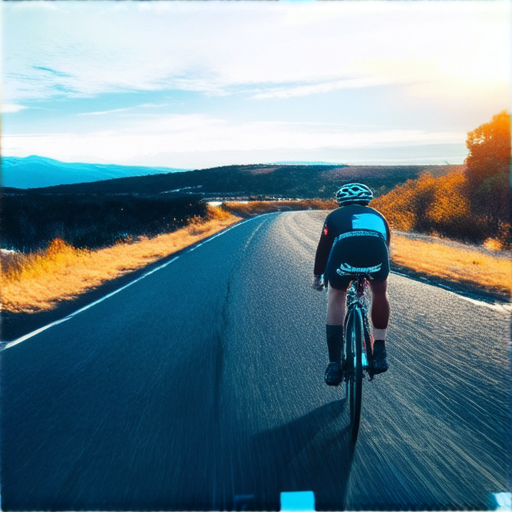
Hydration Guidelines for a 50-Mile Bike Ride
To stay safe and perform optimally during a 50-mile bike ride, it’s essential to prioritize hydration.
- Pre-Ride Hydration: Drink at least 16-20 ounces of fluid 30 minutes before starting your ride.
- During the Ride: Aim to consume 20-35 ounces of fluid per hour, considering sports drinks or hydration mixes.
- Monitoring Body Signs: Pay attention to thirst, urine color, and sweat rate to adjust your hydration accordingly.
- Electrolyte Balance: Include electrolyte-rich foods or supplements in your diet to maintain optimal levels.
- Weather Conditions: Adjust your hydration plan according to temperature, humidity, and wind speed.
Remember, individual needs may vary depending on factors like age, sex, weight, and fitness level. Listen to your body and adjust your hydration strategy accordingly.
Additional Tips for Optimal Hydration
- Avoid sugary drinks and opt for water or low-calorie sports drinks.
- Eat hydrating foods like fruits, vegetables, and nuts.
- Monitor your urine output and color to ensure proper hydration.
- Take regular breaks to rest and rehydrate.
- Consider using a hydration pack or bottle with measurement markers.
Staying Safe and Healthy During Long Rides
By prioritizing hydration and listening to your body, you can minimize the risk of dehydration and enjoy a safer, healthier ride.
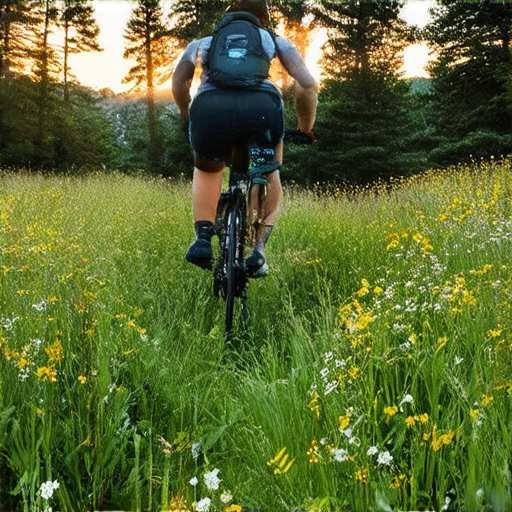
What is the Best Thing to Drink While Cycling?
As a cyclist, staying hydrated is crucial to perform at your best and prevent dehydration.
- Water: Water is the best beverage to consume during short to medium-length rides. It helps regulate body temperature and prevents dehydration.
- Electrolyte-rich drinks: Electrolyte-rich drinks like sports drinks or coconut water can help replenish lost electrolytes during longer rides or intense workouts.
- Caffeinated beverages: Caffeinated beverages like coffee or energy drinks can provide a temporary energy boost, but be cautious not to overdo it, as excessive caffeine consumption can lead to dehydration.
When choosing what to drink during your ride, consider factors like ride duration, intensity, and weather conditions. For example, if you’re riding in hot weather, opt for electrolyte-rich drinks to stay hydrated.
Additionally, consider your personal preferences and dietary needs. Some people may prefer the taste of certain drinks over others, while others may have specific dietary requirements.
At Leeds Bicycle, we recommend drinking water during shorter rides and supplementing with electrolyte-rich drinks during longer rides. However, everyone’s needs are different, so experiment and find what works best for you.
Remember to drink regularly throughout your ride, aiming to consume 17-20 ounces of fluid every 10-15 minutes. This will help you stay hydrated and perform at your best.
For more information on hydration and cycling, check out our hydration tips for cyclists page.
We also recommend checking out Garmin’s cycling resources for more information on training and nutrition.
Lastly, don’t forget to consult with a healthcare professional or registered dietitian for personalized advice on hydration and nutrition.
What’s the Best Thing to Drink While Cycling?
As a cyclist, staying hydrated is crucial to perform at your best and prevent dehydration.
- Water: Drinking enough water before, during, and after your ride is essential. Aim to drink at least 8-10 glasses of water per day, and consider increasing your intake if you’re riding in hot weather or for extended periods.
- Herbal Teas: Herbal teas like chamomile can help calm your nerves and reduce stress, making them a great choice for long rides or intense training sessions.
Electrolyte-Rich Drinks:
To replenish lost electrolytes, try these options:
- Coca-Cola: A popular choice among cyclists, Coca-Cola contains electrolytes like sodium and potassium that can help replenish what’s lost in sweat.
- Powerade: Another popular sports drink, Powerade offers a range of flavors and can help replenish electrolytes and fluids.
- Nuun: Nuun tablets are a convenient way to get essential electrolytes like sodium, potassium, and magnesium into your body.
Other Options:
If you prefer something a bit more natural, consider these alternatives:
- Coconut Water: Rich in electrolytes, coconut water can help replenish what’s lost in sweat.
- Fruit Juice: Fruit juice like orange or grapefruit can provide essential vitamins and minerals, but be mindful of sugar content.
Remember:
Always drink according to your individual needs and preferences. Experiment with different drinks to find what works best for you, and don’t forget to stay hydrated throughout your ride!
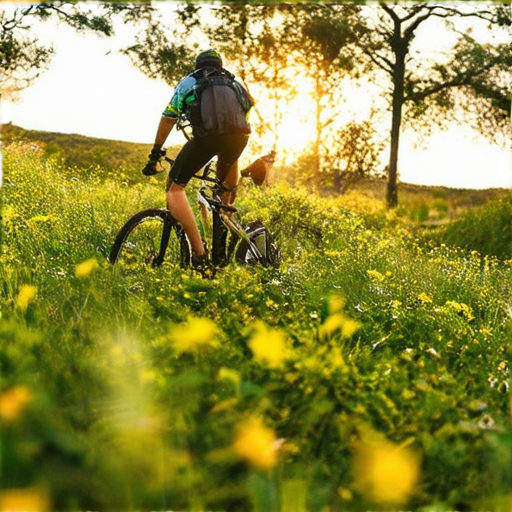
What Not to Eat While Cycling
Cycling can be an excellent way to stay active and enjoy the outdoors, but what we eat before, during, and after a ride can significantly impact our performance and overall health.
-
Foods to Avoid Before Cycling
- High-fiber foods like beans, cabbage, and broccoli can cause digestive discomfort and bloating during exercise.
- Sugary drinks and snacks can lead to energy crashes and decreased endurance.
- Fatty foods like fried chicken, pizza, and burgers can slow down digestion and cause stomach cramps.
- Caffeine and nicotine can dehydrate the body and increase heart rate.
-
Foods to Limit During Cycling
- Processed meats like hot dogs, sausages, and bacon can be high in sodium and preservatives.
- Carbonated beverages like soda and beer can cause gas and discomfort.
- Dairy products like milk, cheese, and ice cream can be difficult to digest during exercise.
-
Foods to Consume After Cycling
- Bananas are rich in potassium, which helps replenish lost electrolytes.
- Nuts and seeds like almonds, cashews, and pumpkin seeds provide healthy fats and protein.
- Fruits like berries, citrus fruits, and apples are easy to digest and packed with antioxidants.
- Whole grain crackers, toast, or energy bars can help stabilize blood sugar levels.
Remember to stay hydrated by drinking plenty of water before, during, and after your ride. Aim to consume a balanced meal with complex carbohydrates, lean protein, and healthy fats 1-3 hours before cycling.
As a cyclist, it’s essential to listen to your body and adjust your diet accordingly. Experiment with different foods and portion sizes to find what works best for you and your riding style.
For more information on nutrition and cycling, visit our Nutrition and Cycling page.
Additionally, check out our Cycling Tips page for more advice on how to optimize your performance and safety on the road.
At Leeds Bicycle, we’re committed to helping you become a better cyclist. Visit our website for more resources, tips, and advice on how to take your cycling to the next level.
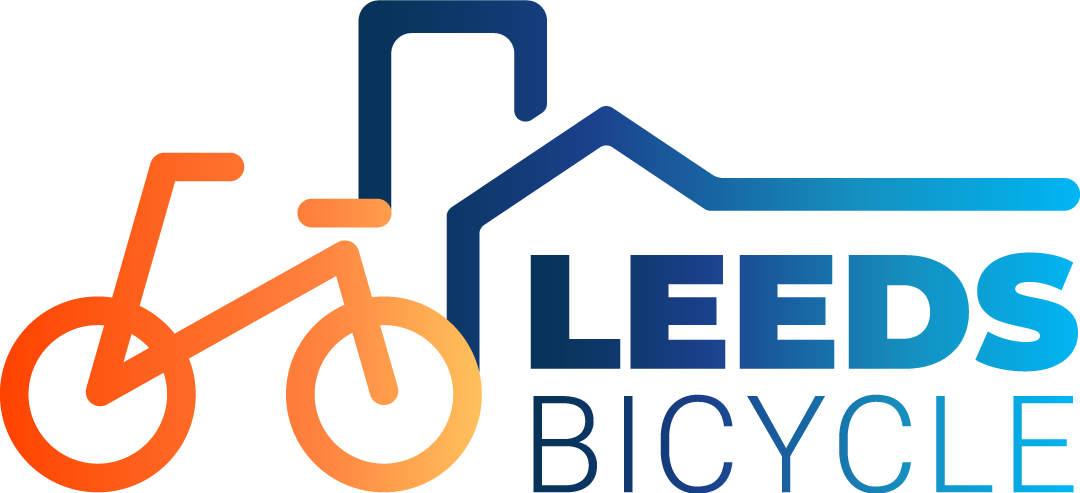
0 Comments